Top Water Flow provides competitive ballast water solutions to ship-owners and port authorities for safe and reliant treatment of ballast water in line with the requirements of the IMO and USCG conventions. Fitted inside a standard twenty foot shipping container the BWT system gives enormous flexibility for the user and is easy to handle on-board vessels and in ports round the globe.
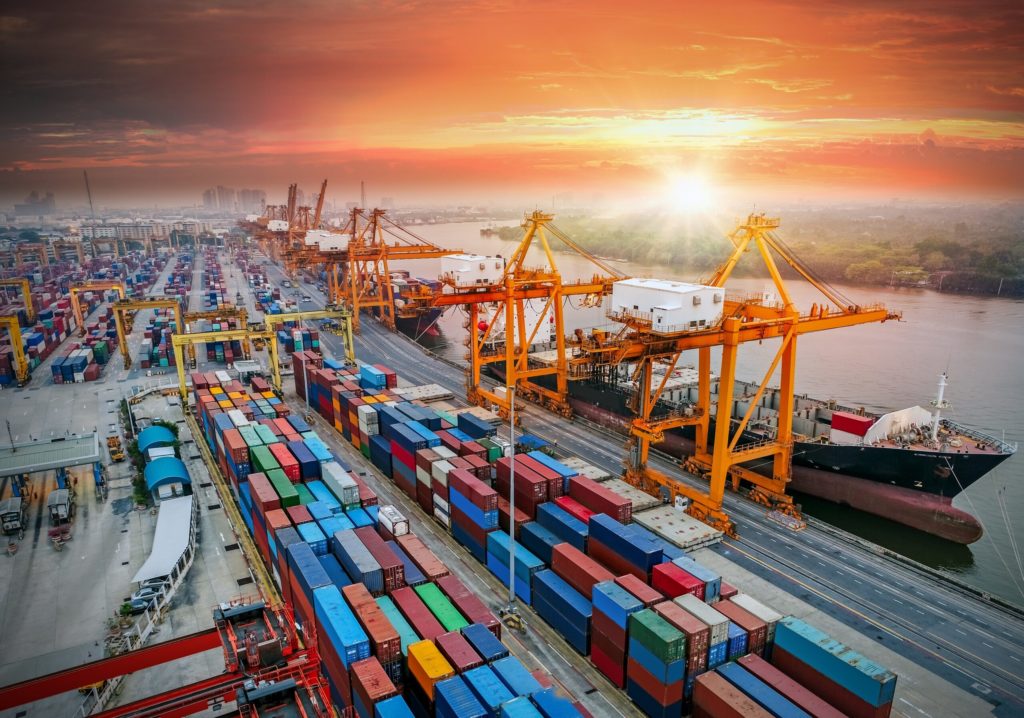
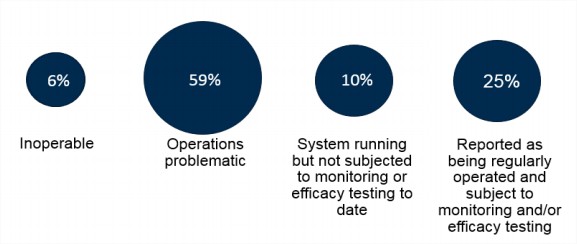
Initially, Top Water Flow started with a simple solution to a big problem. We were wondering how to solve one of the bigger problems in Maritime industry. Contaminated Ballast Water is a big ecological problem that needs to be solved as soon as possible.
We designed a system from scratch that solves the ballast water treatment in a elegant way, lowering the cost of maintenance, power usage and still manages to give outstanding results and great durability even in toughest environments.
Currently existing solutions on the market don’t satisfy the regulations and high tolerances, break down constantly and some are even not operational.
According to American Bureau of Shipping, in their report they state couple of concerning facts.
With these numbers in mind, there is definitely room for improvement.
Top Water Flow offers three different solutions for Ballast Water Treatment:
On Board Solution
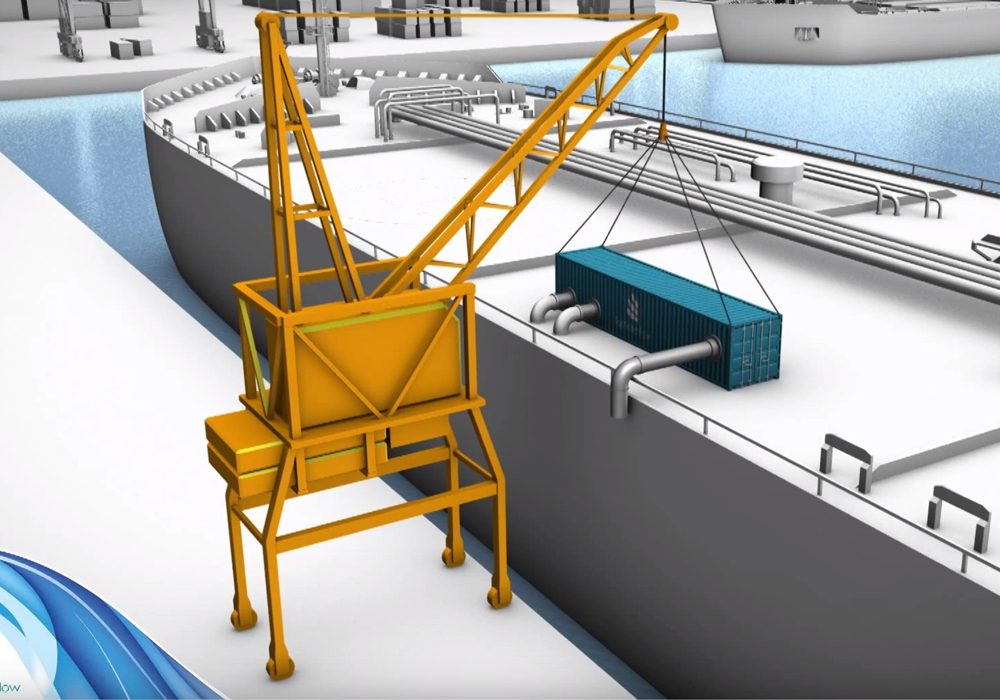
The BWT module is fitted on board the ship, allowing the vessel to be 100% compliant with the IMO and USCG regulations and sail into any harbour round the world.
Harbor Solution
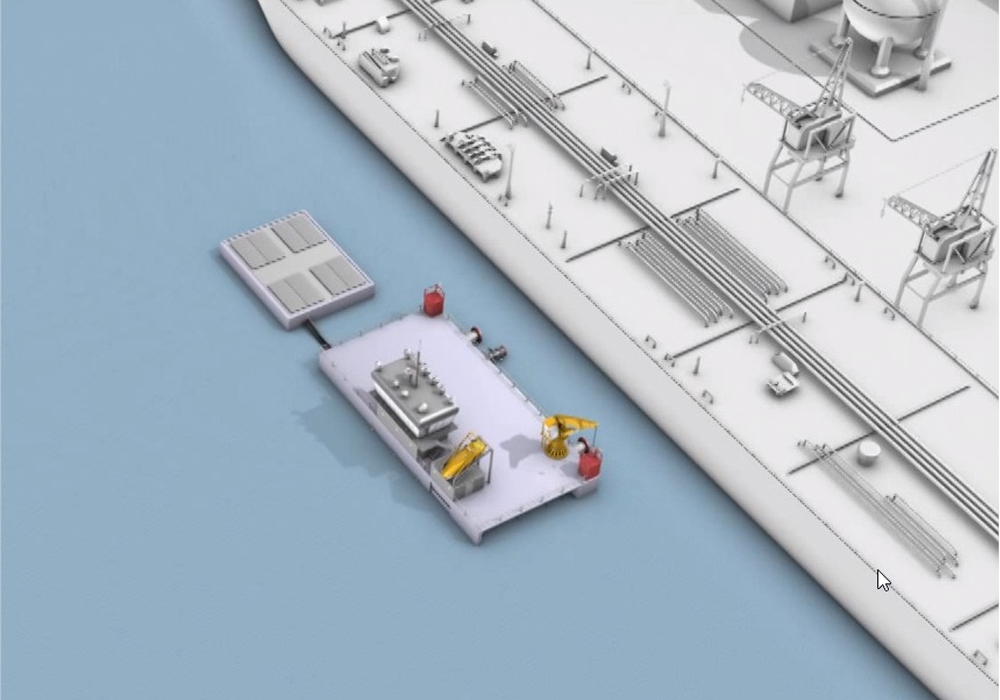
The BWT module is fitted on board a barge or tug boat, which on request will connect to the ship in need for treatment of its Ballast Water. For ports with high traffic activity, this may also be an good method of increasing port efficiency, as de-ballasting can be started well ahead of the docking period.
On Shore Solution
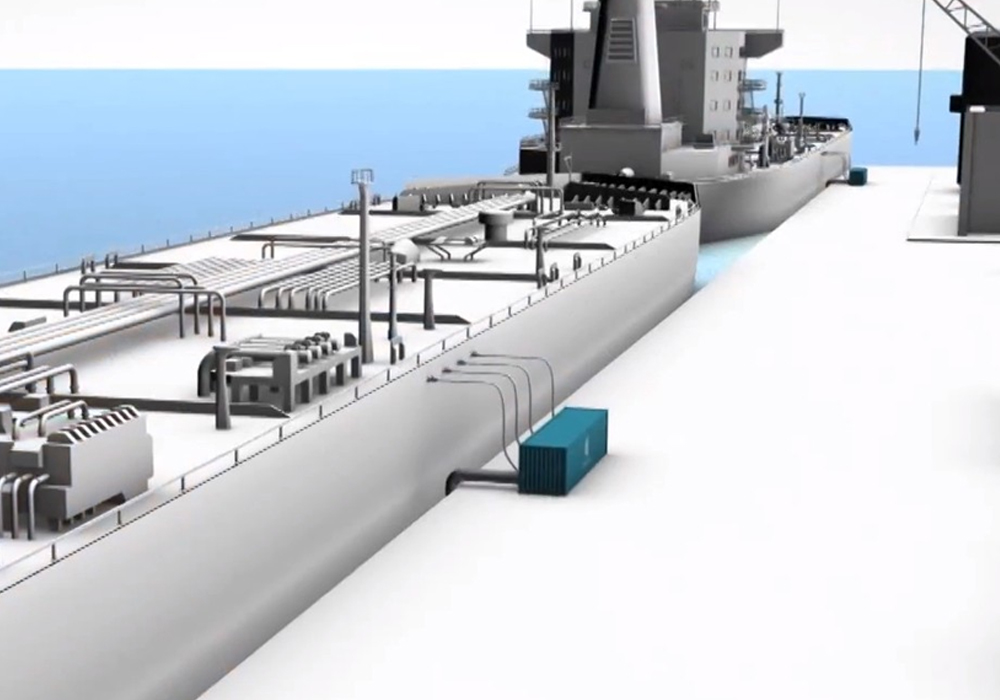
The BWT module is fixed on shore, and connected to the ships during docking. During the transfer phase, ships can de-ballast.
Waste Processing
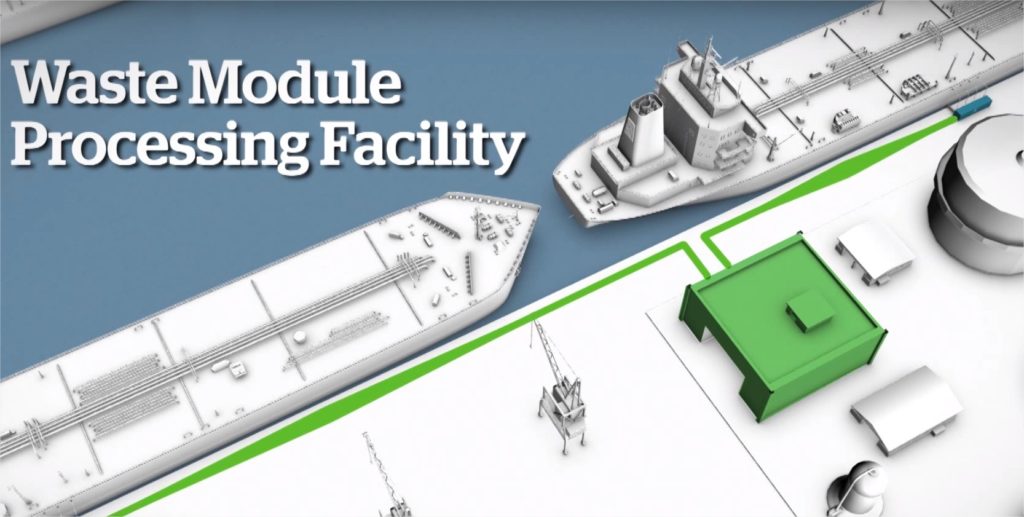
During the de-ballasting and water treatment, bio-waste is generated and the waste management facility is there to process it. With waste collected, dehydrated, and properly processed, a good fertilizer mass is created that can be used later on in the enrichment of soils like gardens and similar.
